Soil Remediation for Food Security and Environmental Health in Central Asia
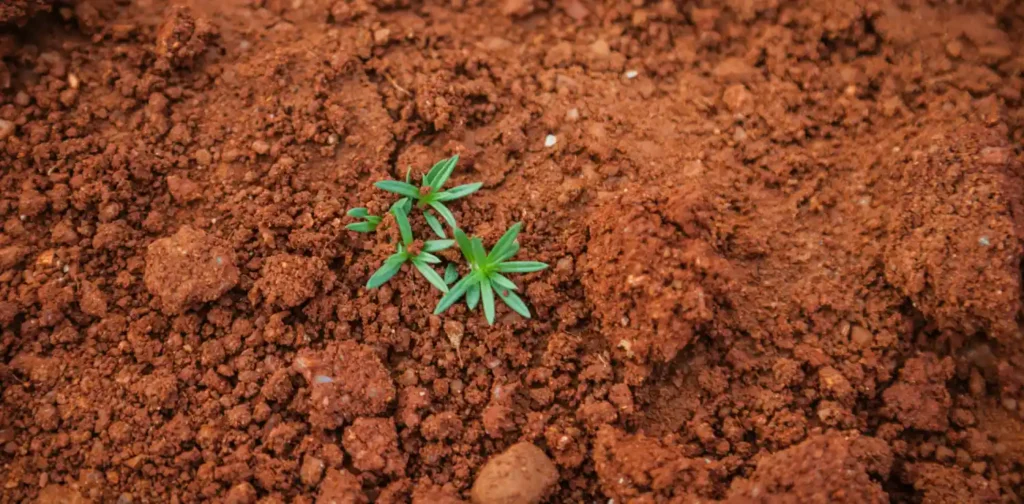
Photo by paul mocan on Unsplash
Cleaning pesticide-contaminated soil through soil remediation is essential to sustainable development efforts in Central Asia.


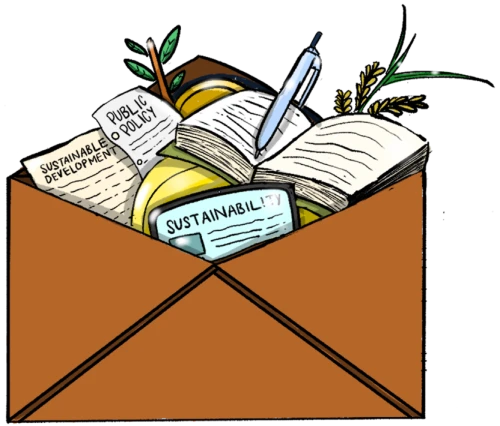
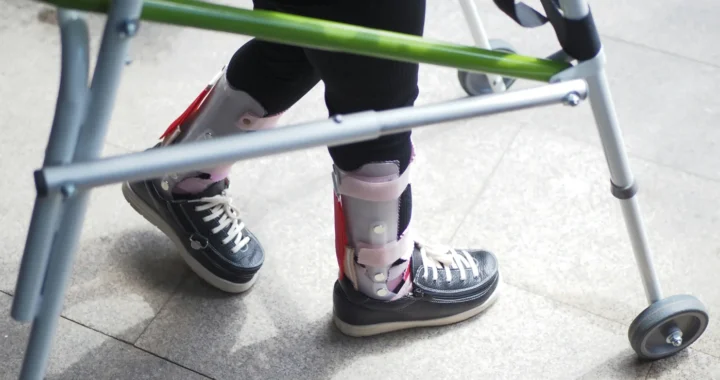 Africa’s Regional Strategy to Prioritize Rehabilitation Services
Africa’s Regional Strategy to Prioritize Rehabilitation Services 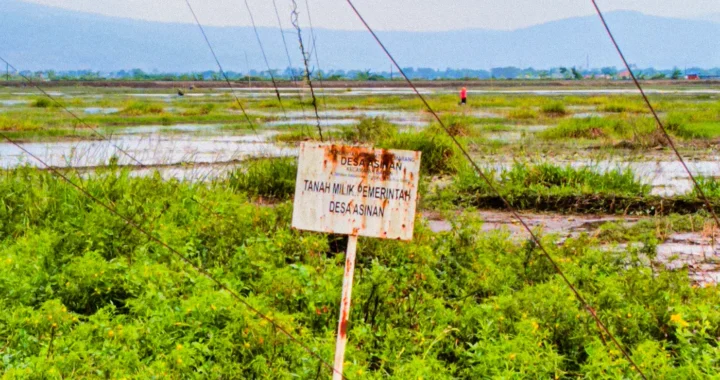 The Revitalization of Rawa Pening and the Struggle to Balance People and the Planet
The Revitalization of Rawa Pening and the Struggle to Balance People and the Planet 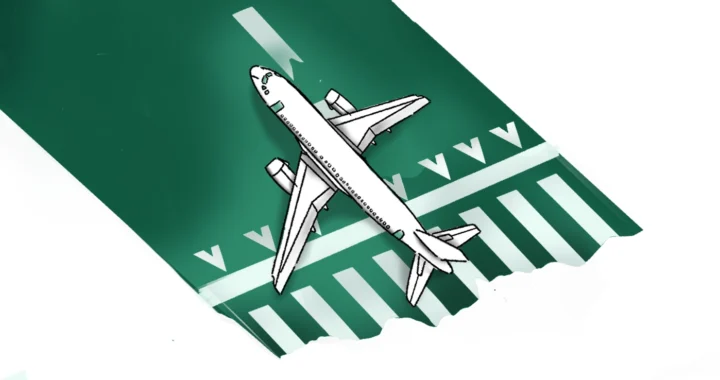 Carving the Path Towards Sustainable Aviation in Pakistan
Carving the Path Towards Sustainable Aviation in Pakistan  More Graduates, Fewer Jobs: Looking Into Graduate Unemployment in Developing Countries
More Graduates, Fewer Jobs: Looking Into Graduate Unemployment in Developing Countries 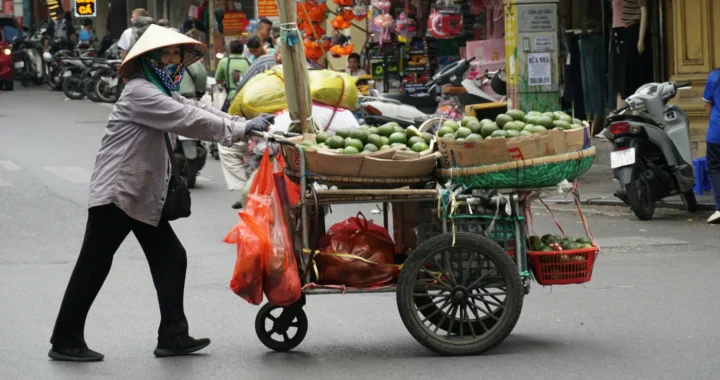 Urgent Call to Address Occupational Heat Stress to Protect Workers’ Safety and Wellbeing
Urgent Call to Address Occupational Heat Stress to Protect Workers’ Safety and Wellbeing  Air Pollution Is Linked to Higher Dementia Risk
Air Pollution Is Linked to Higher Dementia Risk